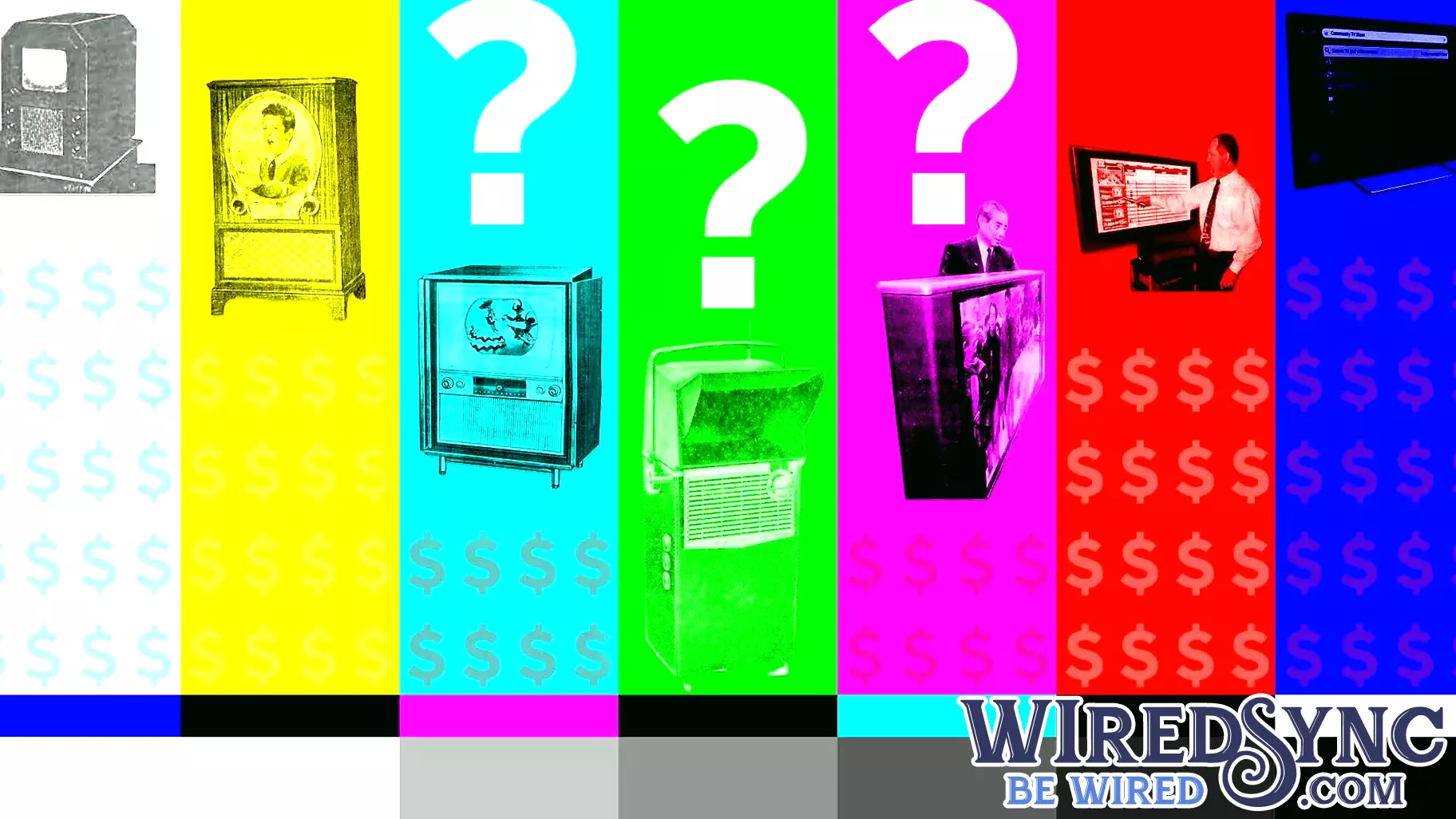The Evolution of Television Ownership Costs Over the Decades
December 7, 2024 - 00:24

In less than a century, televisions have undergone remarkable transformations, both in technology and pricing. From the early days of the 1930s, when owning a television was a luxury reserved for the affluent, to the modern era where smart TVs are commonplace, the cost of these devices has reflected significant advancements in technology.
In the 1930s, a basic television set could cost around $200, a price that was quite substantial at the time. As the decades progressed, the introduction of color television in the 1950s brought new excitement but also higher costs, with sets often exceeding $1,000. The 1980s saw the arrival of cable television, which changed viewing habits and added monthly expenses for consumers.
By the turn of the millennium, flat-screen televisions began to dominate the market, with prices gradually decreasing as technology improved. In the 2010s, consumers could purchase high-definition smart TVs for a fraction of the cost of earlier models, showcasing how competition and innovation have made advanced technology more accessible to the average household. The journey of television ownership reflects not only technological progress but also changing consumer priorities and economic conditions over the years.
MORE NEWS

December 28, 2025 - 20:06
AI's Future: Job Replacement on the Horizon by 2026Geoffrey Hinton, often referred to as the `Godfather of AI,` has made bold predictions regarding the future of artificial intelligence. He asserts that by 2026, AI technology will not only improve...

December 28, 2025 - 04:43
The Surge of Virtual Volunteering: Technology Transforms PhilanthropyAs the holiday season approaches, a notable trend is emerging in the realm of community service: virtual volunteering is on the rise. With advancements in technology, Americans are finding...

December 27, 2025 - 19:14
Next-Generation Nuclear Technology Gains Momentum at Illinois Clinton PlantThe push for next-generation nuclear technology is advancing at the Illinois Clinton plant, as Constellation Energy explores the deployment of small modular reactors (SMRs). These innovative...

December 27, 2025 - 05:12
Russia's First Import of Nuclear Technology from China Signals Growing DependencyIn a significant shift in its nuclear strategy, Russia has begun importing essential nuclear technology from China for the first time. This development highlights a growing dependency on Chinese...